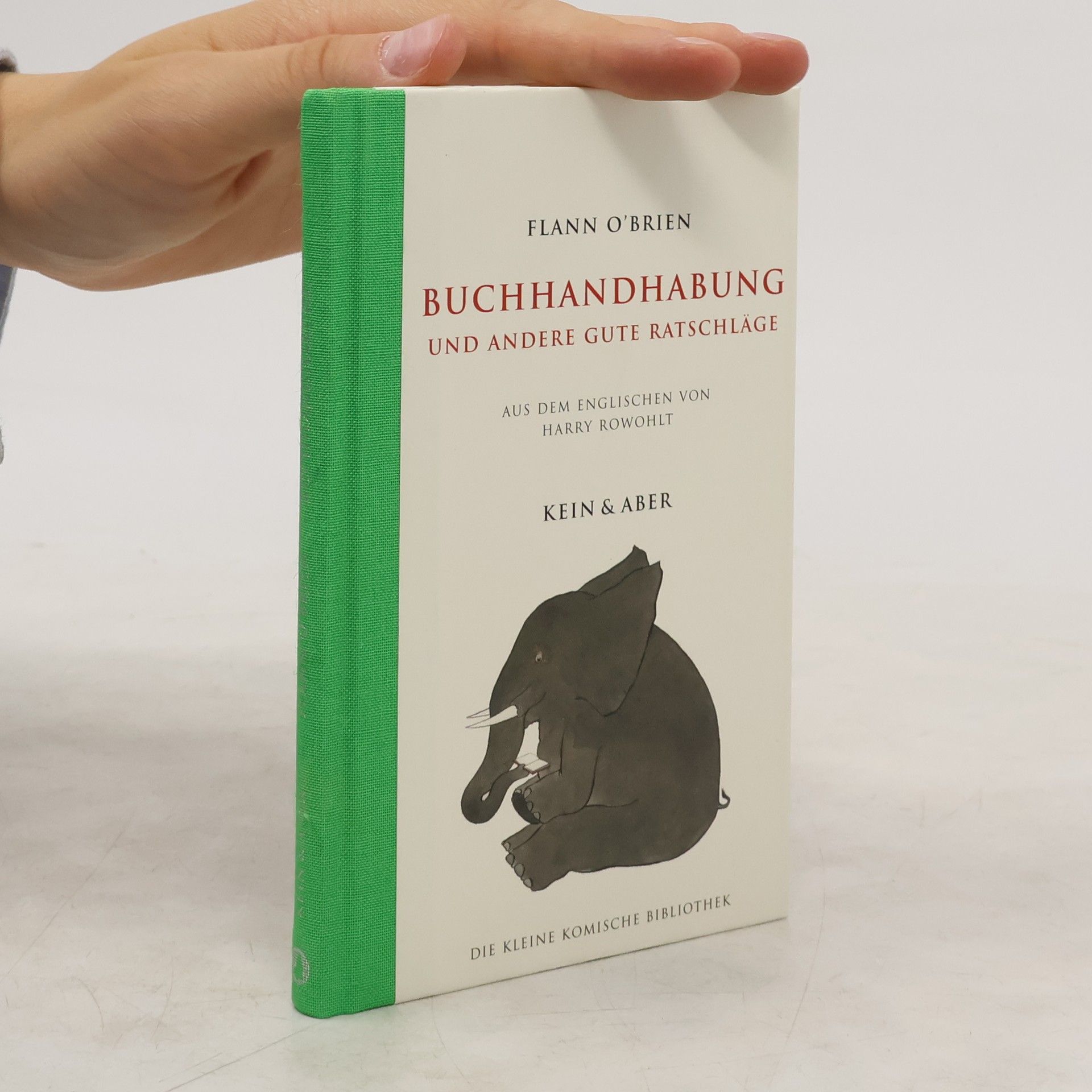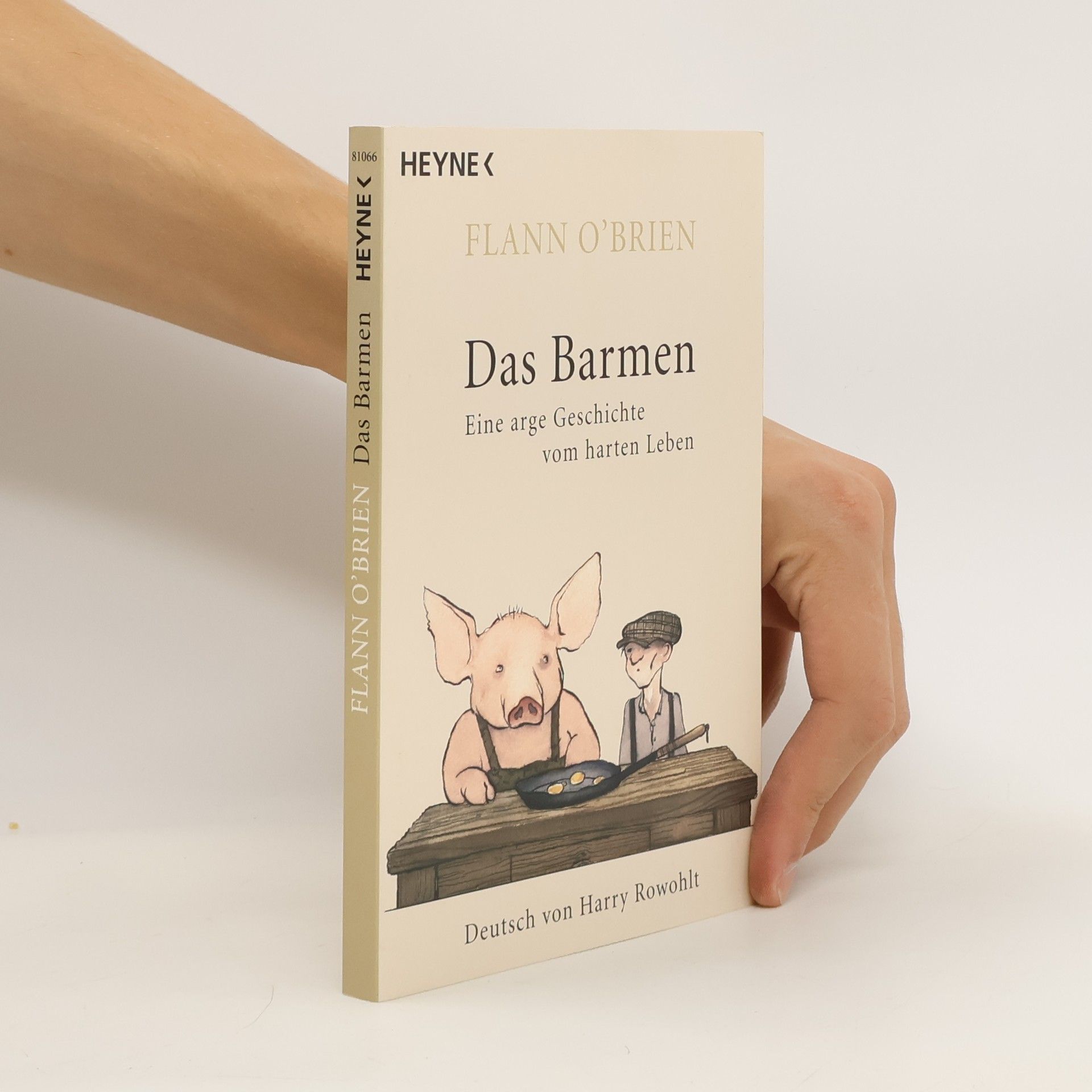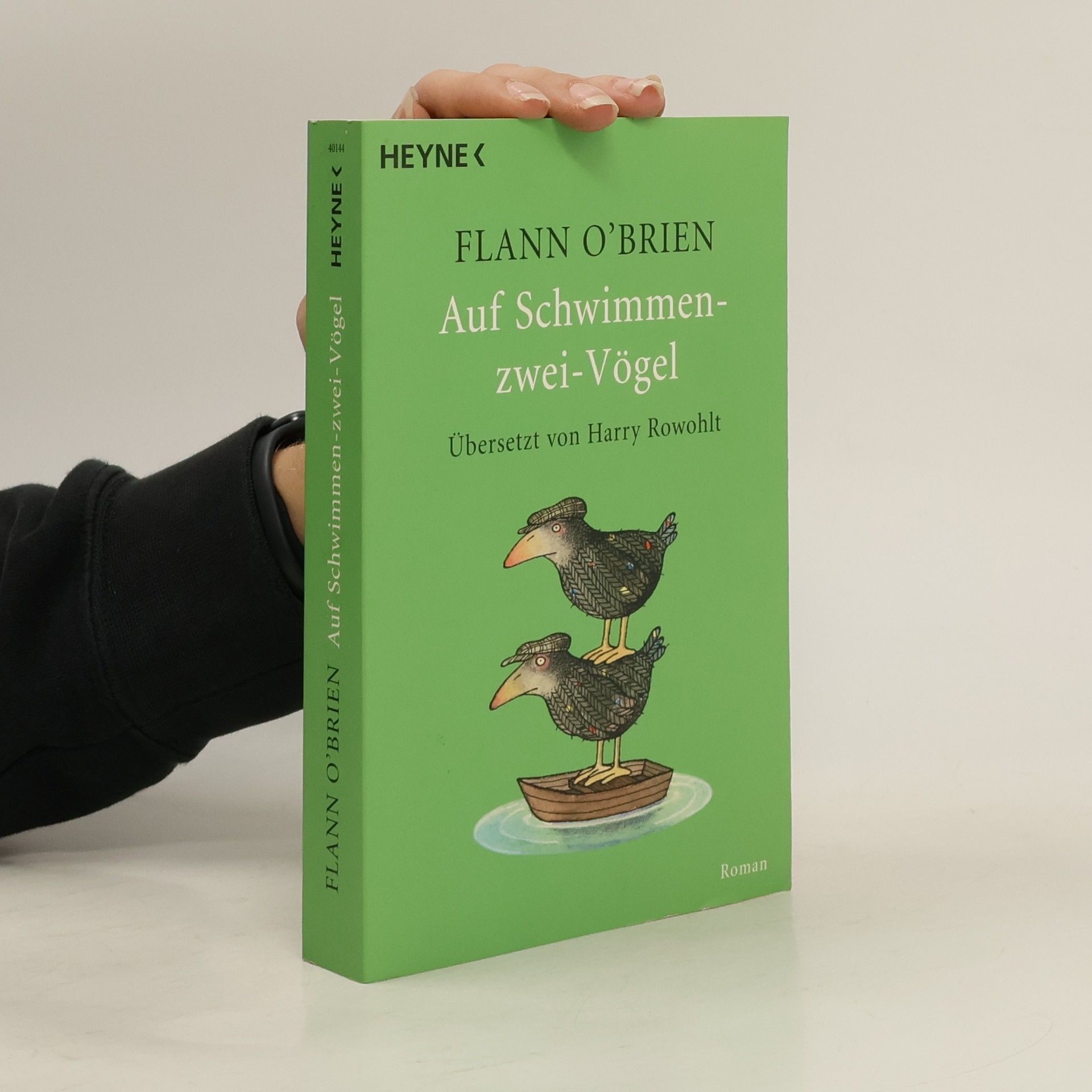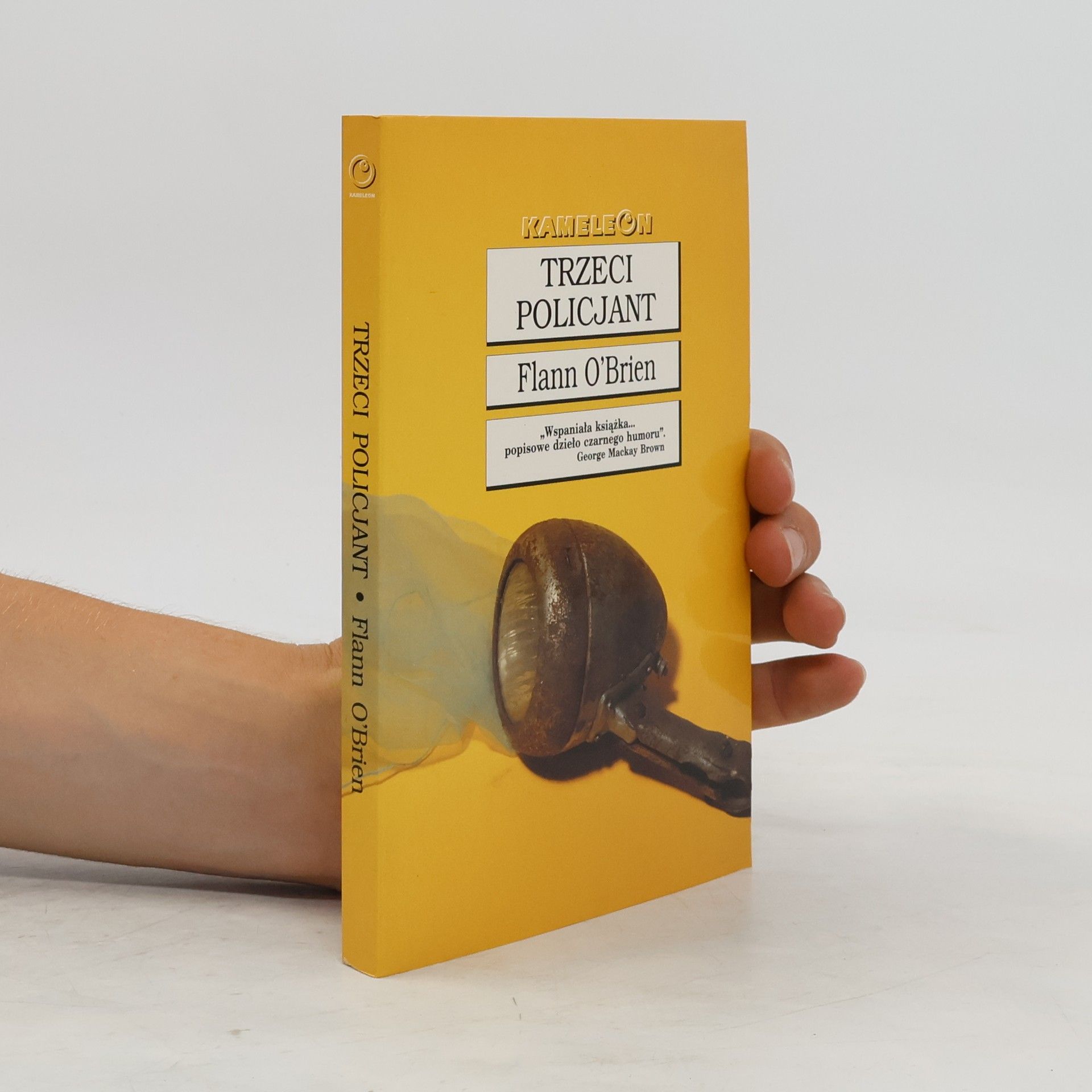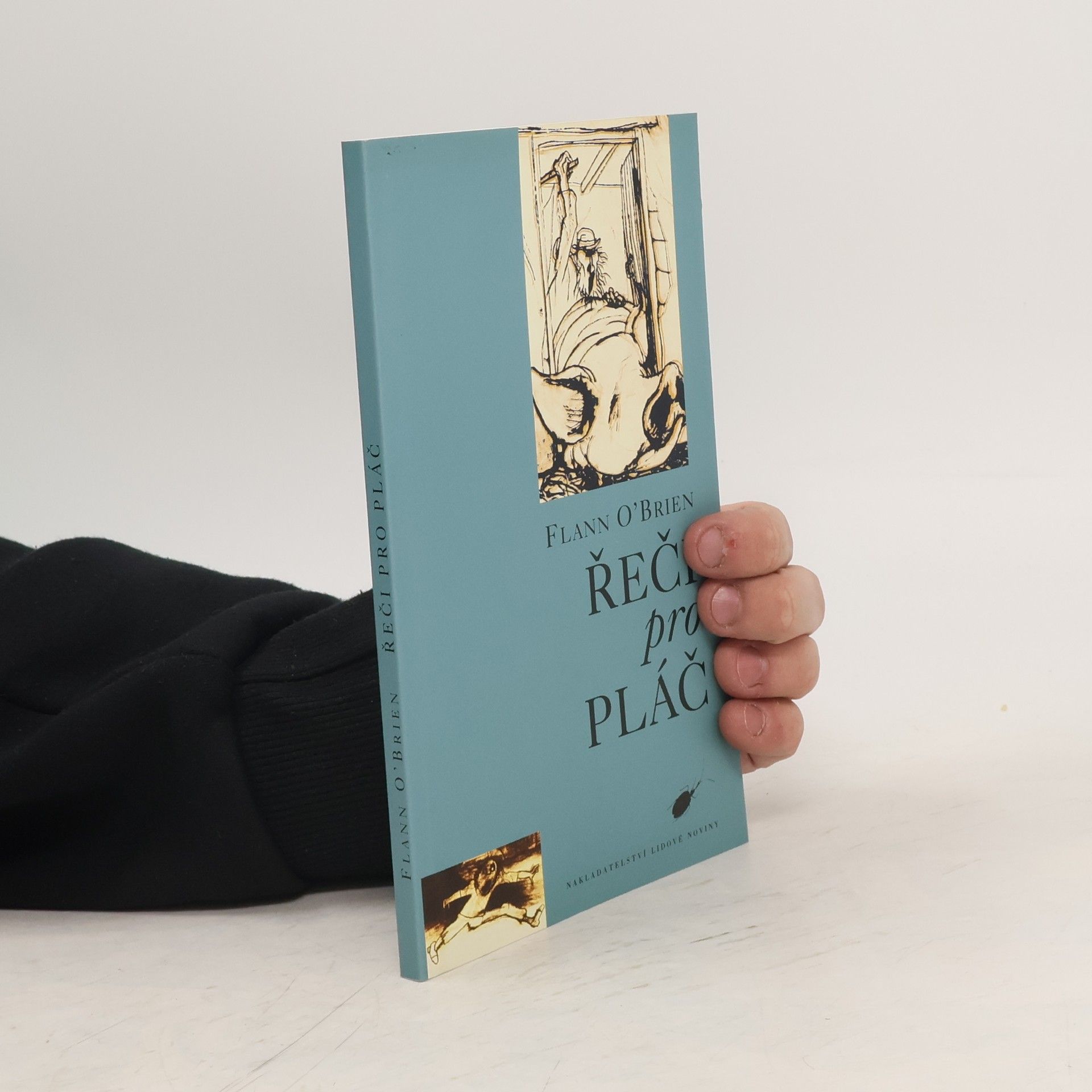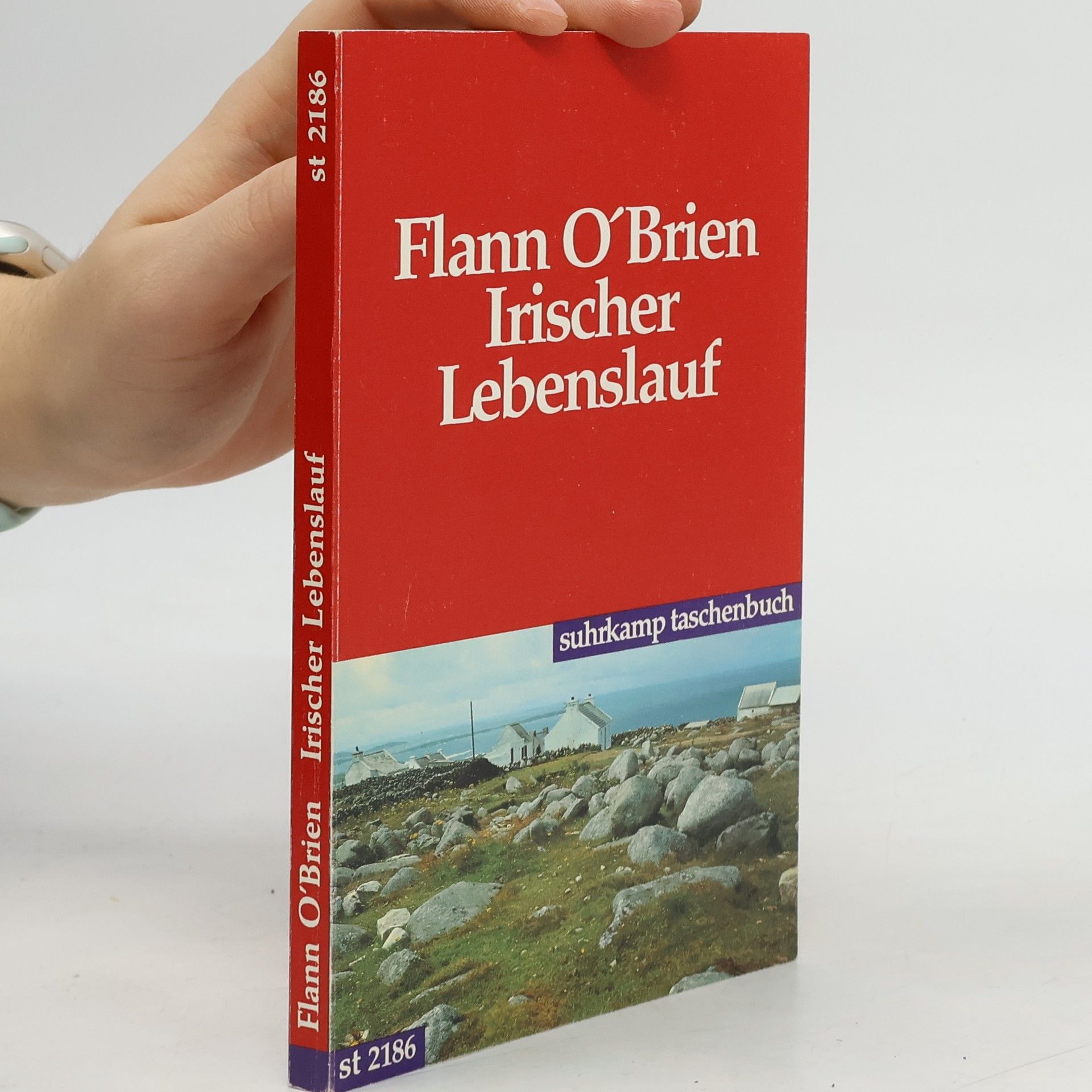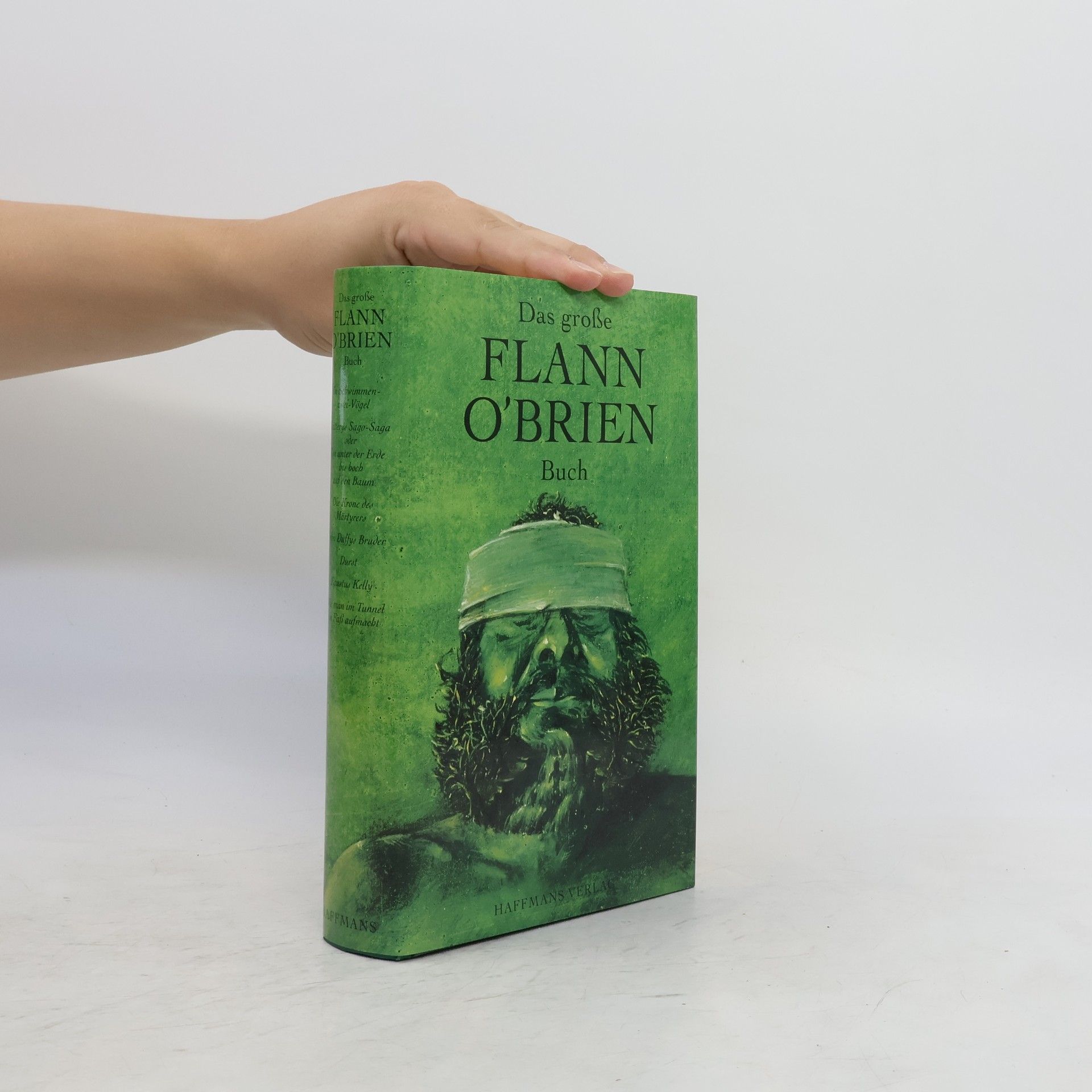Flann O. Brien Book order
This Irish author is considered a major figure in modern Irish literature, celebrated for his bizarre humor and modernist metafiction. His works, often rooted in the absurdity of existence, explore themes of identity and reality with a unique brand of irony. The author masterfully employs language and literary conventions to craft distinctive, often unsettling worlds that challenge readers' perceptions.

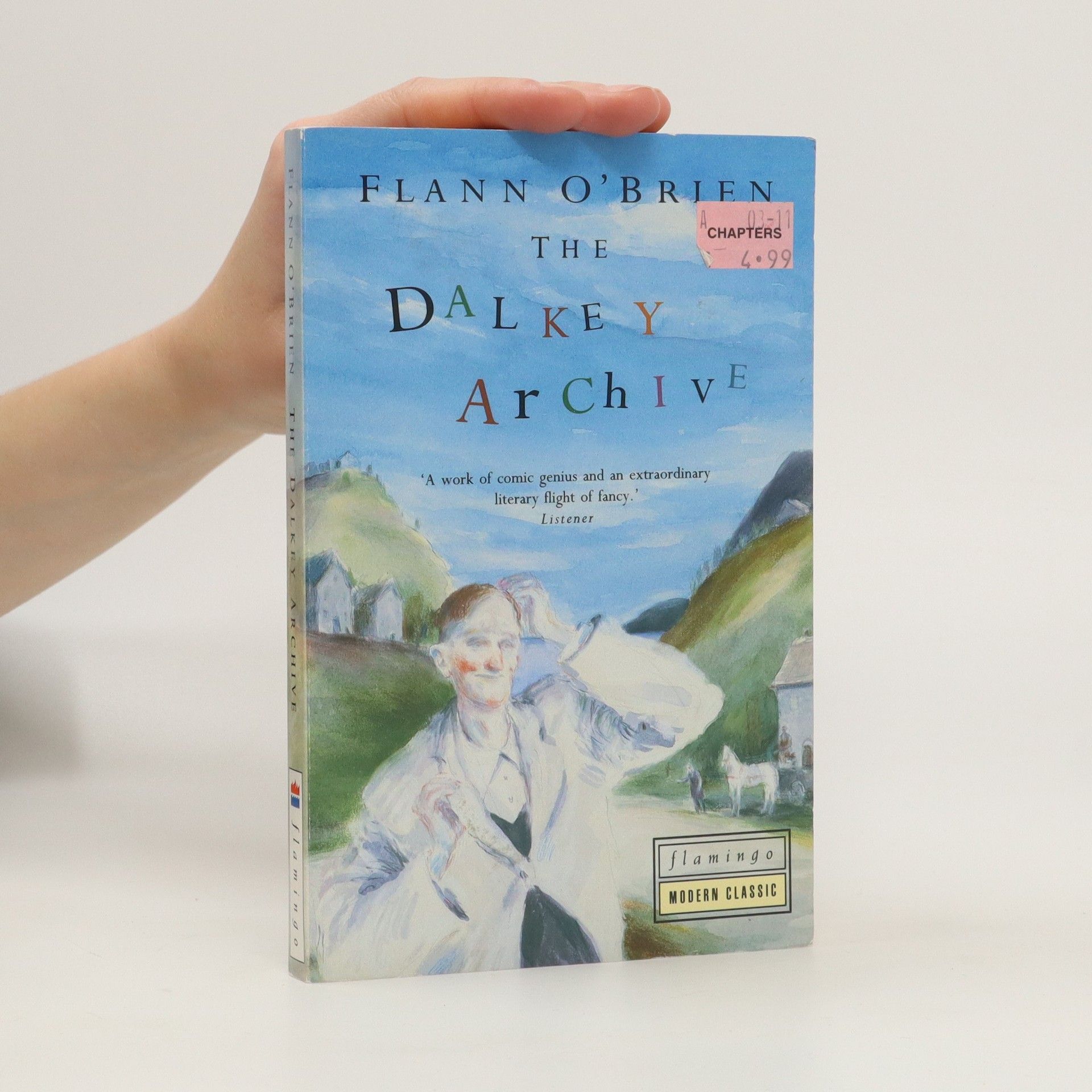
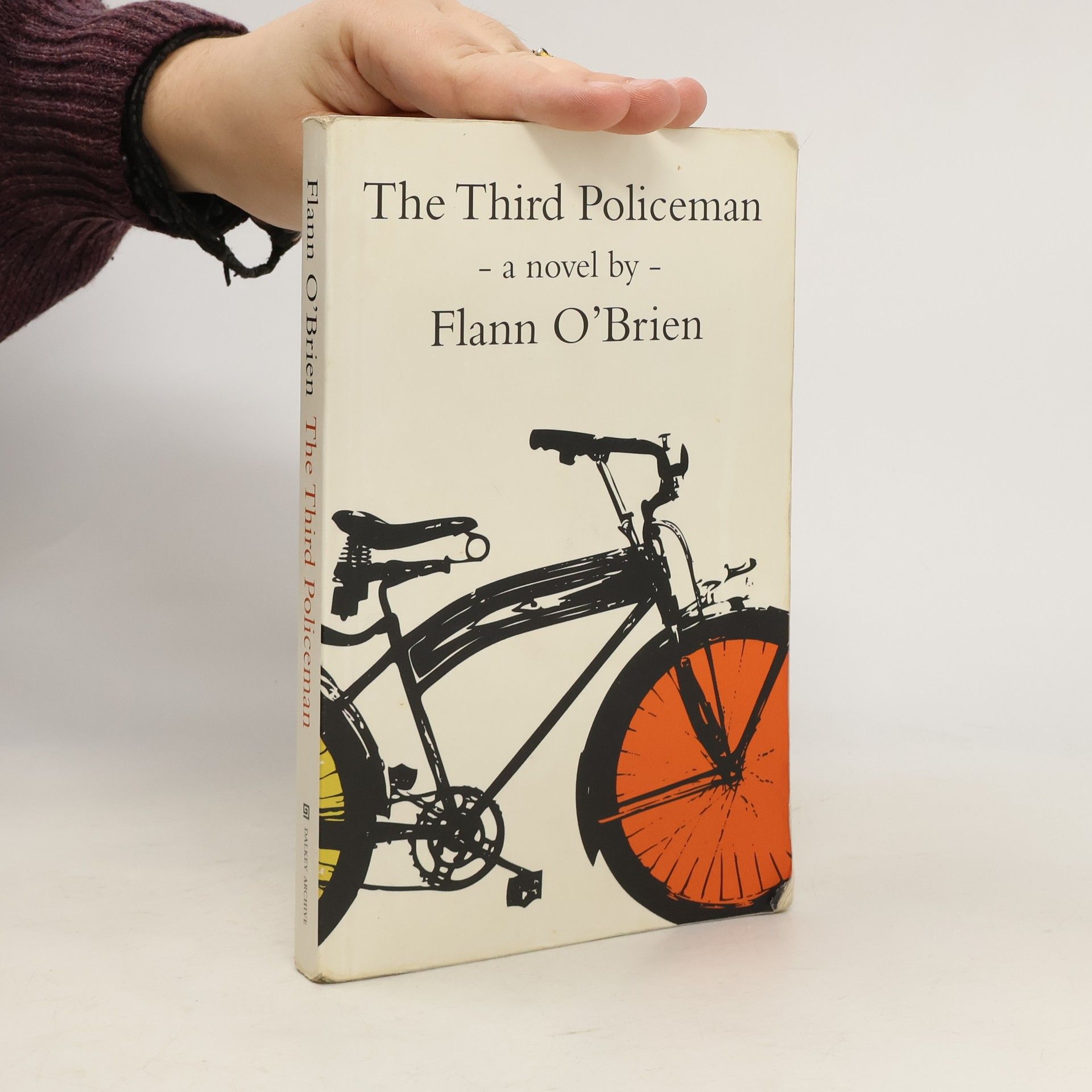
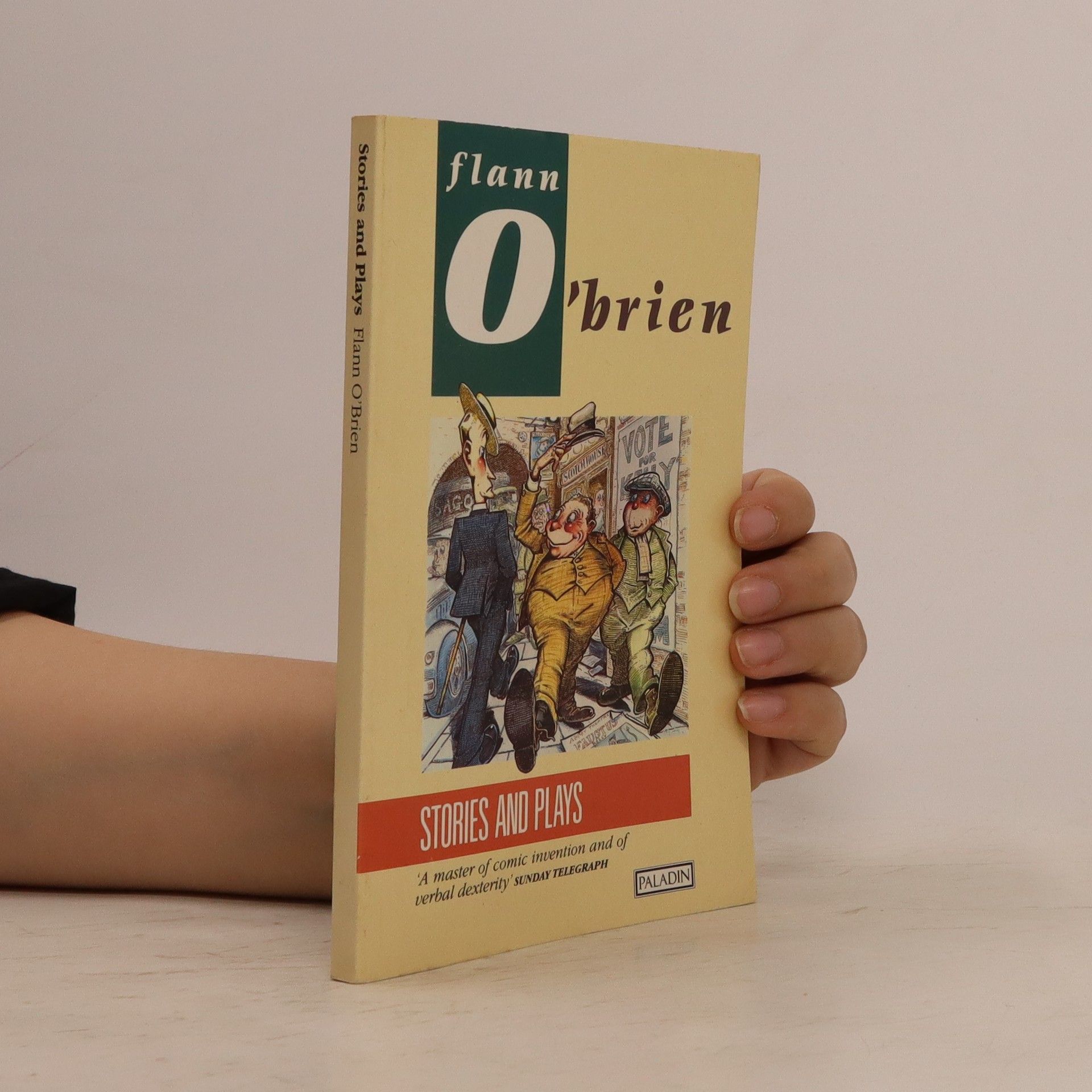
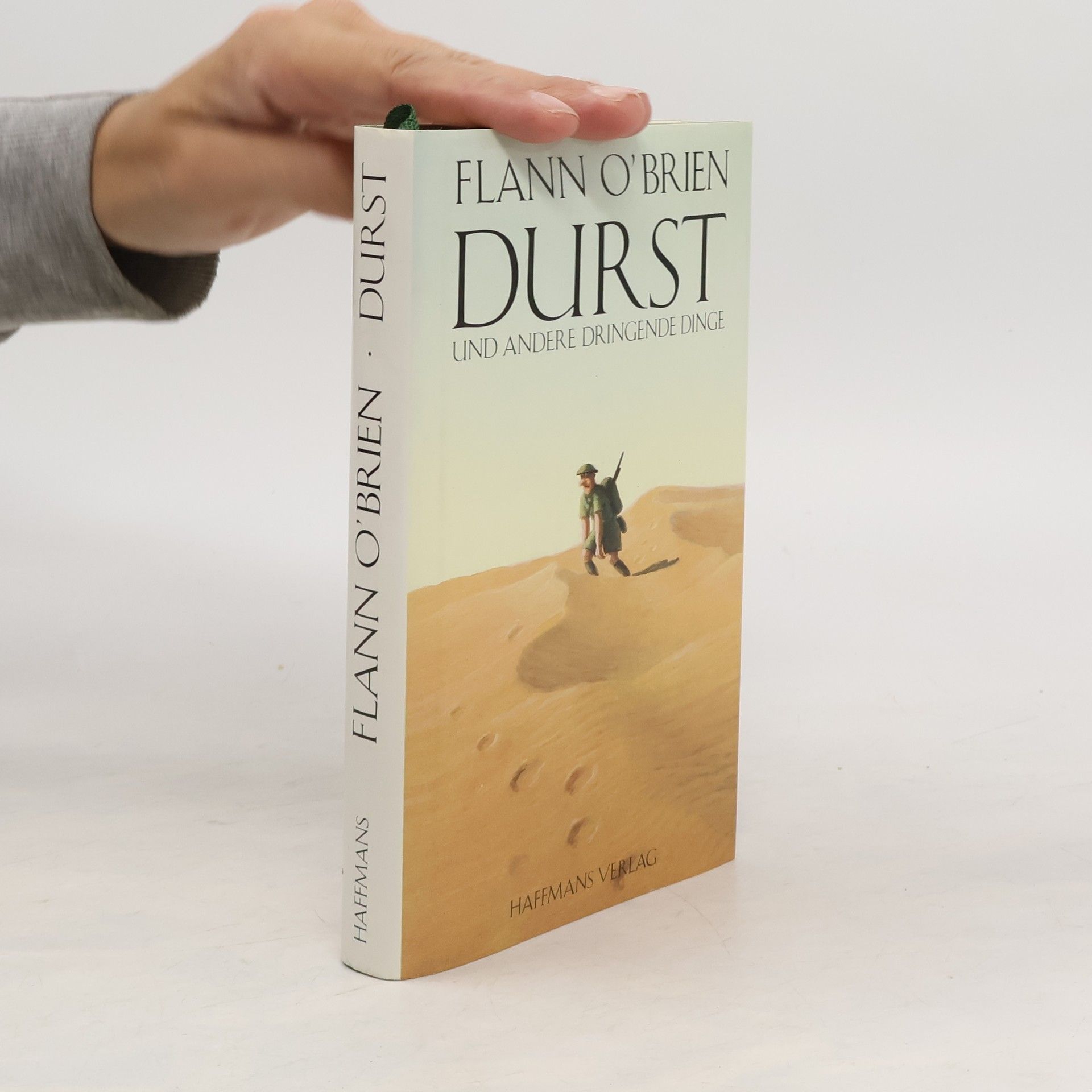


- 2008
- 2008
- 2007
Erzählt wird die Geschichte von Bonaparte O'Coonassa, von seinem einzigen schmerzhaften Schultag und seitherigen Müßiggang, seiner Bedrohung durch das Seeungeheuer, seiner kurzen Ehe und noch kürzeren Vaterschaft, seiner Verurteilung zu neunundzwanzig Jah
- 2005
»EIN Anfang und EIN Ende pro Buch waren etwas, das mir nicht behagte.« Damit spricht der Dubliner Student Bran aus, was programmatisch für das ganze Buch gilt. Auf Schwimmen-zwei-Vögel beginnt mit drei Anfängen. Es ist ein Roman im Roman über das Romanschreiben. Bran, der meist im Bett liegt, reichlich dem braunen Starkbier und dem Whiskey zuspricht, denkt nebenbei über einen Roman nach und entwirft dabei die Figur des noch fauleren Desmond Trellis. Dieser erfindet seinerseits Figuren wie beispielsweise den altirische Barden Finn Mac Cool, der wie ein Running-Gag auf- und wegtaucht und laufend Verse von sich gibt. Doch Trellis' Figuren werden aufmüpfig gegenüber ihrem erfundenen Erfinder, sind unzufrieden mit dem ihnen zugedachten »Leben« und nehmen dieses kurz entschlossen selber in die Hand. Diverse Handlungsstränge spielen sich auf mehreren, sich überschneidenden Ebenen ab, die Grenzen zwischen den Genres heben sich auf. Zitate, Wortspiele, epische Heldensagen, Lexikaauszüge, abgelauschte Gespräche von Dubliner Kleinbürgern u.a.m. fügen sich zu einer kunstvollen und zugleich äußerst witzigen Textcollage.
- 2001
Kameleon: Trzeci policjant
- 206 pages
- 8 hours of reading
Trzeci policjant to najgłośniejsza powieść w dorobku O’Briena – gorzka, groteskowa i oniryczna, zawieszona pomiędzy przygodami Alicji w Krainie Czarów a thrillerem kryminalnym. To w niej objawia się postać szalonego naukowca de Selby’ego oraz sformułowana zostaje teoria atomowa dotycząca niebezpiecznych związków ludzi i rowerów. Pytania o to, czy Ziemia istotnie ma kształt kiełbasy, czym jest omnium oraz po co wynaleziono skrzynię wodną pozostają wciąż aktualne i nurtują kolejne pokolenia badaczy i komentatorów.
- 1999
Great Irish Stories of Childhood
- 271 pages
- 10 hours of reading
This collection looks at the years of innocence, the pains and pleasures of schooldays and the struggles of adolescence in stories by such writers as Seamus Heaney, Roddy Doyle, Flann O'Brien, William Trevor, Bryan MacMahon, Samuel Beckett, Neil Jordan, Sean O'Faolain, Edna O'Brien, Brian Friel, Maeve Binchy, Brendan Behan and many more.
- 1997
Řeči pro pláč : mizerný příběh jednoho krušného osudu
- 100 pages
- 4 hours of reading
Podtitul: mizerný příběh jednoho krušného osudu. Nejlepší humoristický román napsaný v moderní irštině. Satira na přístup městských intelektuálů a úředníků k irsky mluvícímu venkovu, která paroduje mimo jiné autobiografické romány irských venkovanů (které se dají přirovnat k roli Babičky v osnovách našich škol). Nevysmívá se však jejich autorům, ale idealizování těchto textů a stereotypu, který na jejich základě vznikl. Knihu autor napsal irsky, pod pseudonymem Myles na gCopaleen; do angličtiny byla přeložena roku 1973.
- 1996
Das Barmen erzählt die Geschichte von Bonaparte O’Coonassa, von seinem einzigen Schultag und seitherigen Müßiggang, seiner kurzen Ehe und noch kürzeren Vaterschaft, seiner Verurteilung zu neunundzwanzig Jahren Gefängnis, wo er »heil und sicher, gegen die Widrigkeiten des Lebens gefeit«, sein irisches Schicksal absitzt. Gnadenlos kommentiert Flann O’Brien das irische Leben schlechthin, mit einem satirischen Seitenblick auf »schwere Zeiten«, »Armut«, »Trunkenheit«, »geistige Getränke« und »Kartoffeln« in einer von Regen dampfenden Atmosphäre. Ein irischer Lebenslauf in bitterster Armut, voller Vorurteile und Whiskey, den man lieben muss, weil »es seinesgleichen nicht mehr geben wird«.
- 1996
In diesem umfangreichen Sammelband sind folgende Geschichten enthalten: ➯ In Schwimmen-zwei-Vögel (At Swim-Two-Birds) ➯ Slatterys Sago-Saga oder Von unter der Erde bis hoch auf dem Baum ➯ Die Krone des Märtyrers ➯ John Duffys Bruder ➯ Durst ➯ Faustus Kelly ➯ Wie man im Tunnel ein Faß aufmacht.
